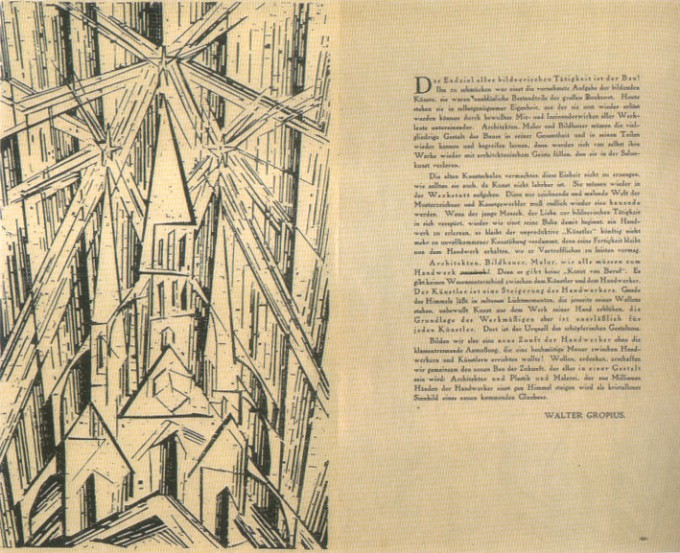Design is born from keen observations that spark our brain and translate into ideas. It’s the ability to communicate volatile ideas in our heads, downloading and giving them a physical form. The end result, product or service, is never the original idea; it’s merely a summary of the inspiration, a shadow, a reflection, an outline.
I like to keep design simple and memorable. I design for people that live and that I love. My inspiration lies in them: wife, family and friends. Familiarity in design makes it closer to home. The user has to recognize the product and be able to use it at first glance. The product should communicate meaning and wake up sensations, feelings and emotions. Everything I do each day from the day I was born has a direct influence on my life. Inspiration comes only if I do what I really love and I am very patient.
Designers have to aware of their creations because their products give form to the material culture that affects our daily lives and our environment. In that sense, I would not like to become a designer that produces obsolete products but, rather, I wish to create products that last in time and contribute to better our lives. Sustainable design is a reality and should involve all of us.
Products demand constant innovation and that’s why there is no good or bad design, but a design that can be more or less adequate. If a design cannot be explained with words, it is poorly designed or unsolved. Design should be effortless; a straightforward solution to a problem.
Design is all around us. All products have some degree of design because someone else made some thought, designed and conceived it. A good designer should never settle; he should question everything that occurs around him. I believe that the only way of having a good idea is having as many ideas as you can. I look around and observe attentively, perceiving problems that can be solved and finding opportunities for new products or improving existing products. My goal is to uncover hidden needs and deep insights that lead to breakthrough products. I plan to become a creative designer that focuses on people’s needs, developing products that consumers recognize as useful, practical and desirable. My objective is to find new solutions to everyday life using tools like observation, experimentation and story-telling.
Designers should keep things clear and understandable, eliminating the unnecessary. I resent the arbitrariness in the design of consumer products where the form has nothing to do with the function. Today, products hold more functions that users can really deal with. It is the designers’ responsibility to design effectively considering the use, usability and meaning.
Innovation occurs when a new idea or concept is introduced. The design process will begin with great excitement and expectation, but then, tides of obstacles as well as discouraging people appear. Thomas Edison said “Innovation is 1 % inspiration and 99% transpiration”. I find this expression truthful and valuable; I repeat it to myself every time I encounter barriers and have to persevere and move on.
Designers have a passion for creation that is unique. I’m obsessed with the quality and finished details on products. Each stage of the design process should take great attention, from sketch to prototype. Designers should learn by making, getting their hands dirty, creating things from their imagination, experimenting with materials and building things.
Design is the most important factor for product differentiation and for obtaining competitive advantages; a tool to get an edge in the market. Few people understand that design is also something more: a strategy, a behavior, a way to make the best of the companies and focus on the consumer. Social, economical, and technological factors affect our lives. Within these factors there is always something that leads to opportunities that have never been tackled. Vision and methodology are needed to succeed in developing breakthrough products. Technical and morphological solutions should get along to make a product feasible and appropriate. A properly designed product should take into account should take into account not only one but all of these factors: ergonomics, function, aesthetics, sustainability and understandability. In addition, we need to include the market since it is the public that will judge and define whether a product is accepted or not.
Design is never a lonely work. There is an interdisciplinary work culture that crosses boundaries into unexpected professions. Designers suddenly become experts in different fields at any given project. They connect with people’s emotions and understand their needs in a different way. I try to achieve goals without losing focus and get motivated by problem solving and innovative solutions. My professional goal is to design products, services and experiences that create impact on human lives.
Alejandro Palandjoglou
Bellow you can see a video of my final presentation at Stanford University:
(hope some day my Manifesto creates an impact on a designer as the Bauhaus had on me)
